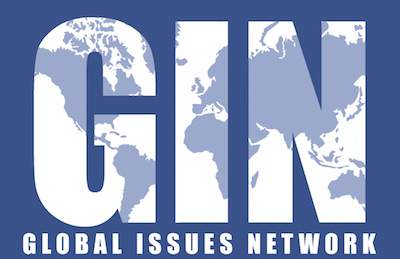Excerpt From: Rischard, Jean-Francois.
“High Noon: 20 Global Problems, 20 Years To Solve Them.” iBooks.
“During the 1990s, natural disasters—floods, droughts, earthquakes, storms, strong winds, torrential rains, and mudslides—hit the world 500–800 times a year and cost more than $600 billion, more than in the previous four decades combined. Losses in the 1990s were three times those in the 1980s and fifteen times those of the 1950s. Some 45 percent of the losses in the 1990s were in Asia, 30 percent in the United States, and 10 percent in Europe. They affected some 2 billion people worldwide and killed 400,000–500,000, more than two-thirds in Asia. Half the deaths were from floods, with earthquakes the next-largest killer.
What accounts for the rise?
Many ecosystems are now so frayed that they no longer play their natural cushioning role—deforestation and wetland destruction are examples. Dams and levees often disturb the flow of rivers and increase the severity of droughts and floods.
People migrate to the more disaster-prone coastal zones—some 2 billion people now live within 100 kilometers of the seashore.
More than half the world’s people will soon be living in cities, and as built areas increase, losses and casualties increase as well. Many new city-dwellers live on vulnerable hillsides and floodplains.
Global warming is making things much worse. Insurers predict huge losses from climate change on top of today’s already higher loss base.
The issue has taken on such proportions and brings so much suffering that global disaster prevention and mitigation measures seem to be a must. Yet here’s another issue that has been only very partially addressed. Here are examples of the measures that could be part of a vigorous global effort:
Global satellite detection and remote sensing systems.
International support efforts for countries that are repeatedly struck by disasters—such as Bangladesh—helping them with levees, dams, floodgates, land use planning, preparedness, emergency services, disaster management systems, alert systems. Even less-exposed countries need help in integrating disaster management into their development plans, given the increased incidence of freak catastrophes. This includes international sharing of experience in establishing and administering building codes and standards.
Global efforts to promote microfinance and microinsurance approaches to both prevention and mitigation of risks, making them available to highly vulnerable poor people.
An international setup for interconnecting emergency response and civil defense systems.
Worldwide efforts to place insurance companies and capital markets more at the heart of the response system, for example, by promoting financial risk-sharing through “disaster bonds,” which pay an extrahigh yield but whose repayment of principal decreases for designated disasters, or through weather futures and other derivatives.
Natural disaster management provides one of the clearest illustrations of why some global issues are about sharing our humanity. These disasters have grown so in scope and frequency that, like all the issues in this chapter, they imply responsibilities for the global community. The next category is entirely different.”
